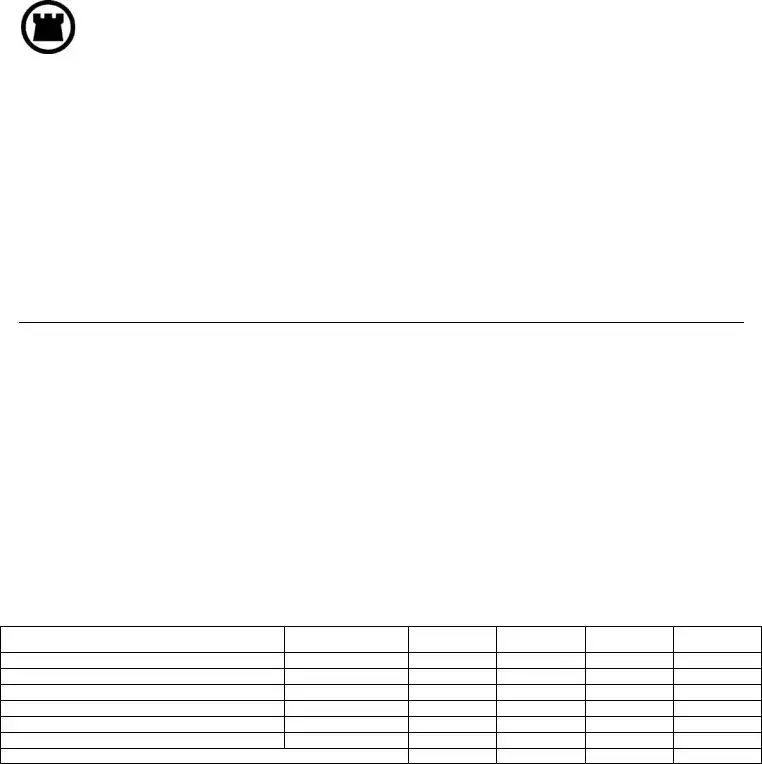Instructions on Utilizing Chicago Title Waiver Format
Completing the Chicago Title Waiver Format form requires careful attention to detail to ensure all necessary information is accurately provided. Following the steps outlined below will help in correctly filling out each section of the form. After completing the form, it must be reviewed for accuracy before submission or notarization.
- Company Name: Write the name of the company at the top of the form.
- Waiver of Lien: Indicate the date you are filling out the form.
- State and County: Fill in the appropriate state and county where the property is located.
- Escrow Number: Enter the escrow number associated with the transaction.
- To Whom It May Concern: Leave a blank space for the recipient’s name or organization.
- Premises: Write the address or description of the property in question.
- Owner Information: State the name of the owner of the property.
- Amount: Specify the dollar amount being acknowledged in consideration.
- In the section detailing the lien waiver, explicitly list any and all claims being waived concerning labor, services, or materials provided for the premises.
- Date: Write today’s date at the bottom of the waiver section.
- Address: Include your mailing address.
- Signature and Title: Sign the form and indicate your title or position within the company.
- Contractor’s Affidavit: Switch to the affidavit section, beginning by filling in your name and title.
- Company Name: Reiterate your company’s name.
- Building Location: Provide a description of the building or property for which you are providing services.
- Owner: Indicate the owner’s name as mentioned earlier.
- Total Contract Amount: State the total contract amount, including any extras.
- Payment Received: Enter the total amount received prior to this payment.
- Details of Labor and Material: List the names and addresses of all parties involved in providing labor or materials, along with respective amounts owed and paid.
- Final Verification: Confirm that there are no other outstanding contracts or claims for the work.
- Date: Write the date again at the bottom of the affidavit.
- Signature: Sign the affidavit where indicated.
- Notary Public: Lastly, leave space for the notary to complete their section where required.

